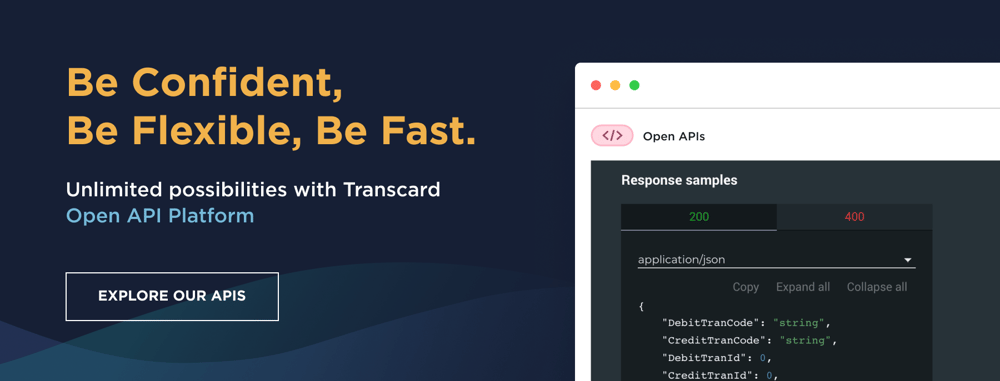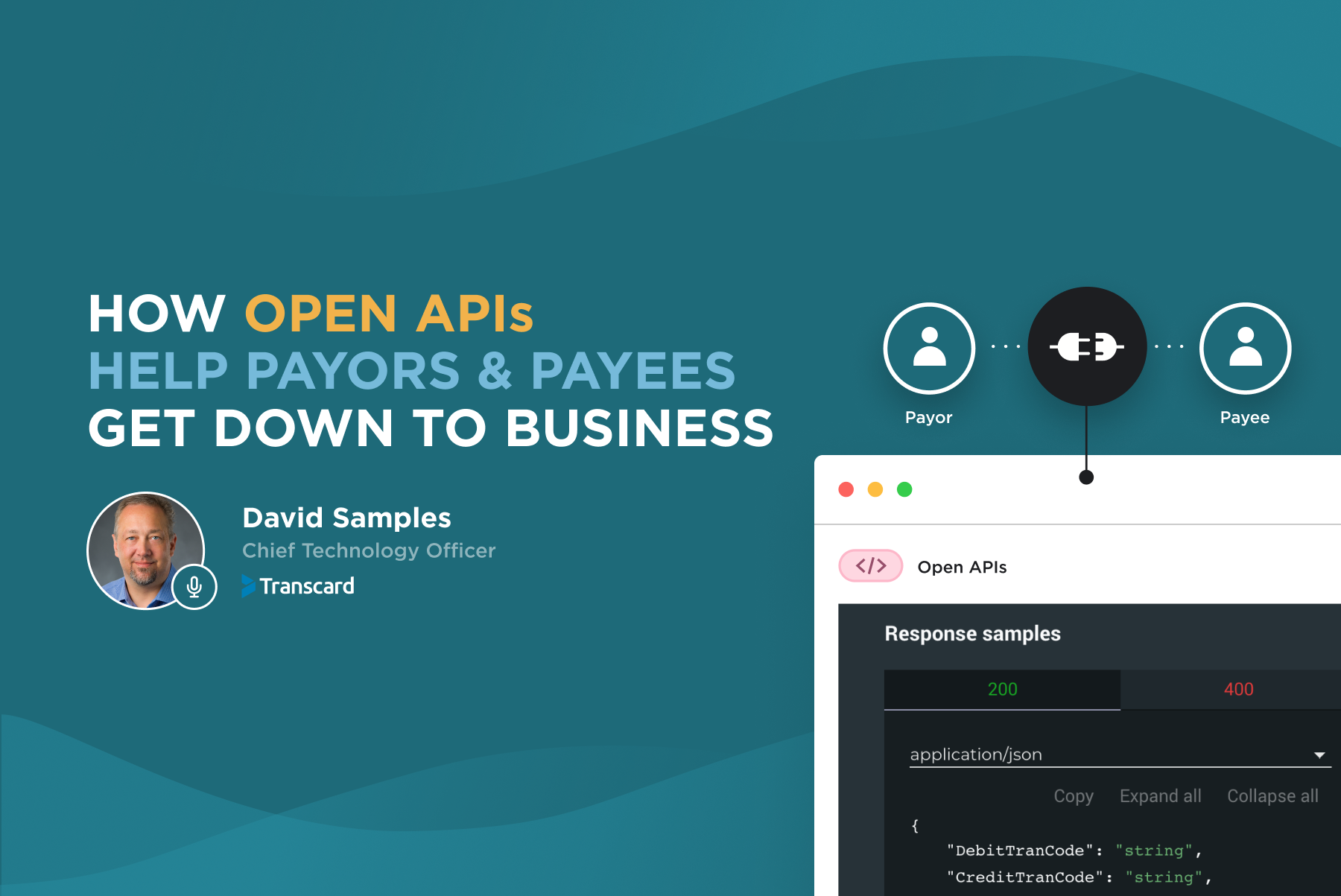Technology is changing the way we make & accept payments, and there’s no one better to attest to that fact and the rise of open APIs than our CTO – David Samples. The financial world has been living in the same enclosed systems for several decades, often focused on regulations and routing payments.
The focus has always been on “how” to make a payment, and not on the “why” it’s being done. With open APIs, payors and payees do not have to figure out how to link up the technical “plumbing” that enables transactions in the first place.
KEY POINTS
Easing the Regulation and Compliance Pressure
That focus, David Samples says, has been on “how to make a payment and not why you are doing it.” Technology is enabling a new paradigm for payment processing. With open APIs, payors and payees can avoid the “messy” side of processing payment transactions.
Samples talks in the podcast about the whole process, where, with an open API or Open Banking platform,
“if the provider has done a good job, the first thing you would notice would be if the platforms are [built by] the person or the entities making the payment … here, the entity does not have to be an expert in KYC or the Patriot Act.”
Using open APIs or an Open Banking platform allows enterprises to address payments and fulfill compliance requirements with a couple of API calls. This lifts a lot of workload off big companies and startups alike, which may have nothing to do with payments, “but payments is a part of it,” Samples states. “You don’t want people struggling with the mechanics of how to do those payments.”
Considering the Business and Technical Side
Payment processing providers that have an API endpoint that is optimized and secure, will generally speak to two audiences. On one side there is the individual that will initiate the transaction to make a payment, which can be a marketing director, accountant or executive. Samples explains that “you need to speak to that person on the terms that they understand. They need to know how to go to market faster and how to get payments to recipients in the ways the recipients want”.
The second audience is the development team that is responsible of keeping all business integrations running seamlessly. “Even there, it is important to know that there can be a split,” explains Samples, where “it could be a development team that works for a company full time as part of [its] IT”.
The payment platform provider needs to help the business side of the relationship to tell the development side, as Samples put it, “‘I need to [have] these things,’ and have the technology side so apparent, and so well laid out, that the development team can do it without a lot of interpretation.”
CURIOUS TO LEARN MORE?




